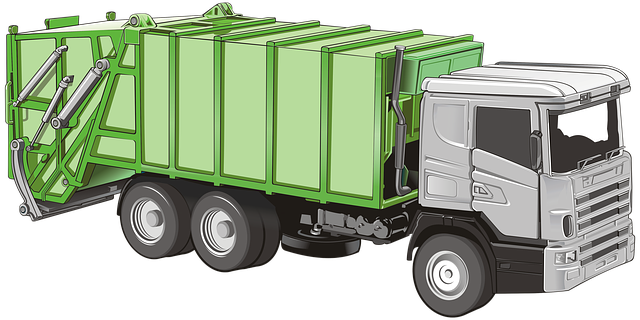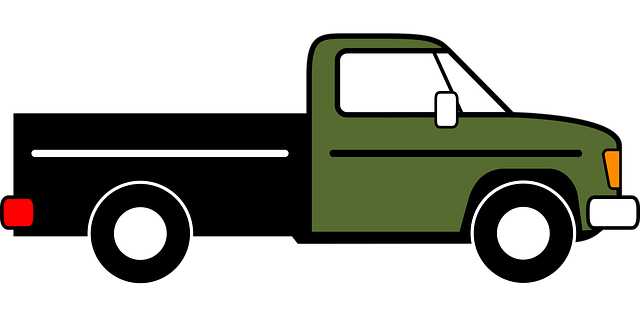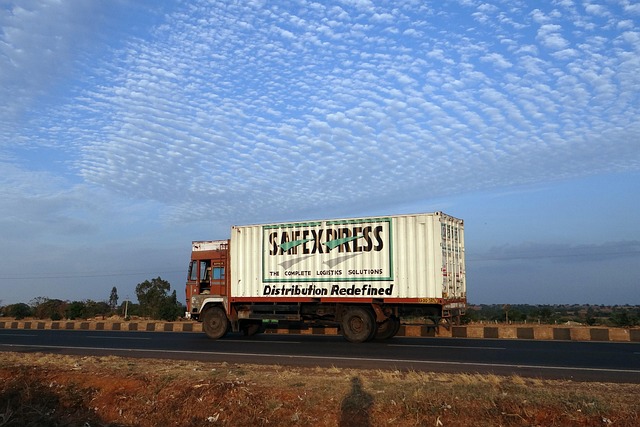Looking to register your car in California? This comprehensive guide walks you through every step, from understanding essential requirements to completing DMV VIN verification. Gather crucial documents, perform a vehicle history report check, and visit your local California DMV office. We’ll detail the registration process and help you obtain your plates smoothly. Ensure all procedures are followed accurately for a hassle-free car registration experience in The Golden State.
- Understand the Requirements for Car Registration in California
- Gather Necessary Documents for DMV VIN Verification
- Perform a Vehicle History Report Check
- Visit Your Local California DMV Office for Registration
- Complete the Registration Process and Obtain Your Plates
Understand the Requirements for Car Registration in California

Before registering your car in California, it’s crucial to understand the requirements set forth by the Department of Motor Vehicles (DMV). The process involves several key steps, including a thorough vehicle inspection and verification of your car’s unique identification number (VIN). This VIN verification is a critical component ensuring that your vehicle meets all safety and environmental standards. It’s essential to have accurate documentation, such as proof of ownership and insurance, readily available during the registration process.
In California, you can facilitate this VIN verification through various methods, including a mobile vin inspection or using a trusted mobile vin verifier. These services streamline the initial check, allowing you to focus on other registration tasks. By understanding these requirements and leveraging modern tools like mobile vin verification, you’ll navigate the car registration process with greater ease and efficiency.
Gather Necessary Documents for DMV VIN Verification

Before heading to the DMV for car registration, it’s crucial to gather all necessary documents, especially for the VIN (Vehicle Identification Number) verification process. This includes your vehicle’s registration certificate from the previous state, if applicable, and proof of insurance. It’s also essential to bring along any documentation related to recent maintenance or repairs, as these can streamline the vin inspection process.
A mobile vin verifier or a simple vin verification service can be helpful tools for ensuring that all information is accurate and up-to-date before your visit. This step helps prevent delays and potential issues during the registration process, making it smoother for both you and the DMV staff.
Perform a Vehicle History Report Check

Before you begin the registration process, it’s crucial to perform a Vehicle History Report (VHR) check. This step is essential as it allows you to verify the car’s past and ensure there are no outstanding issues or hidden problems. You can conduct this check through the Department of Motor Vehicles (DMV) by using their Vehicle Identification Number (VIN) verification service.
Using a mobile vin verifier, such as those offered by various apps or services, is an efficient way to complete this task. These mobile vin verification tools enable you to quickly scan the VIN and access detailed information about the vehicle’s history. By cross-referencing this data with your own inspection, you can be sure that the car is safe and legal to register in California.
Visit Your Local California DMV Office for Registration

Visit your local California DMV office to begin the registration process. Bring all necessary documents, including proof of ownership and identification. The DMV will conduct a Vehicle Identification Number (VIN) verification to ensure the car’s details match the information provided. This step is crucial for accurate record-keeping and ensuring compliance with state regulations.
Once your VIN inspection is complete, you can proceed with filling out the registration forms. The staff at the DMV will guide you through the process, which involves submitting applications, paying fees, and providing additional required documentation. They’ll also offer insights into any specific requirements based on your vehicle’s make and model.
Complete the Registration Process and Obtain Your Plates

After completing your vehicle purchase, it’s time to initiate the registration process with the California Department of Motor Vehicles (DMV). This involves several crucial steps, one of which is the DMV VIN verification. You’ll need to provide proof that the car’s unique identification number (VIN) matches the details on the title and other necessary documents. This can typically be done through a mobile vin inspection or by visiting a local DMV office.
Once your vehicle passes the VIN verification, you’ll receive your registration paperwork, which includes the coveted license plates. Ensure these plates are securely attached to your vehicle as per state regulations. With your car now officially registered, you can hit the road with peace of mind, knowing that all legal requirements have been met and your vehicle is ready for years of California driving.
Registering a car in California involves several steps, from understanding the requirements to completing the official process at your local DMV. Ensure you gather all necessary documents for a smooth dmv vin verification, including proof of ownership and vehicle identification number (VIN). After performing a vehicle history report check, visit your nearby DMV office to initiate registration. Finally, finish the process by paying the required fees and obtaining your personalized license plates.
